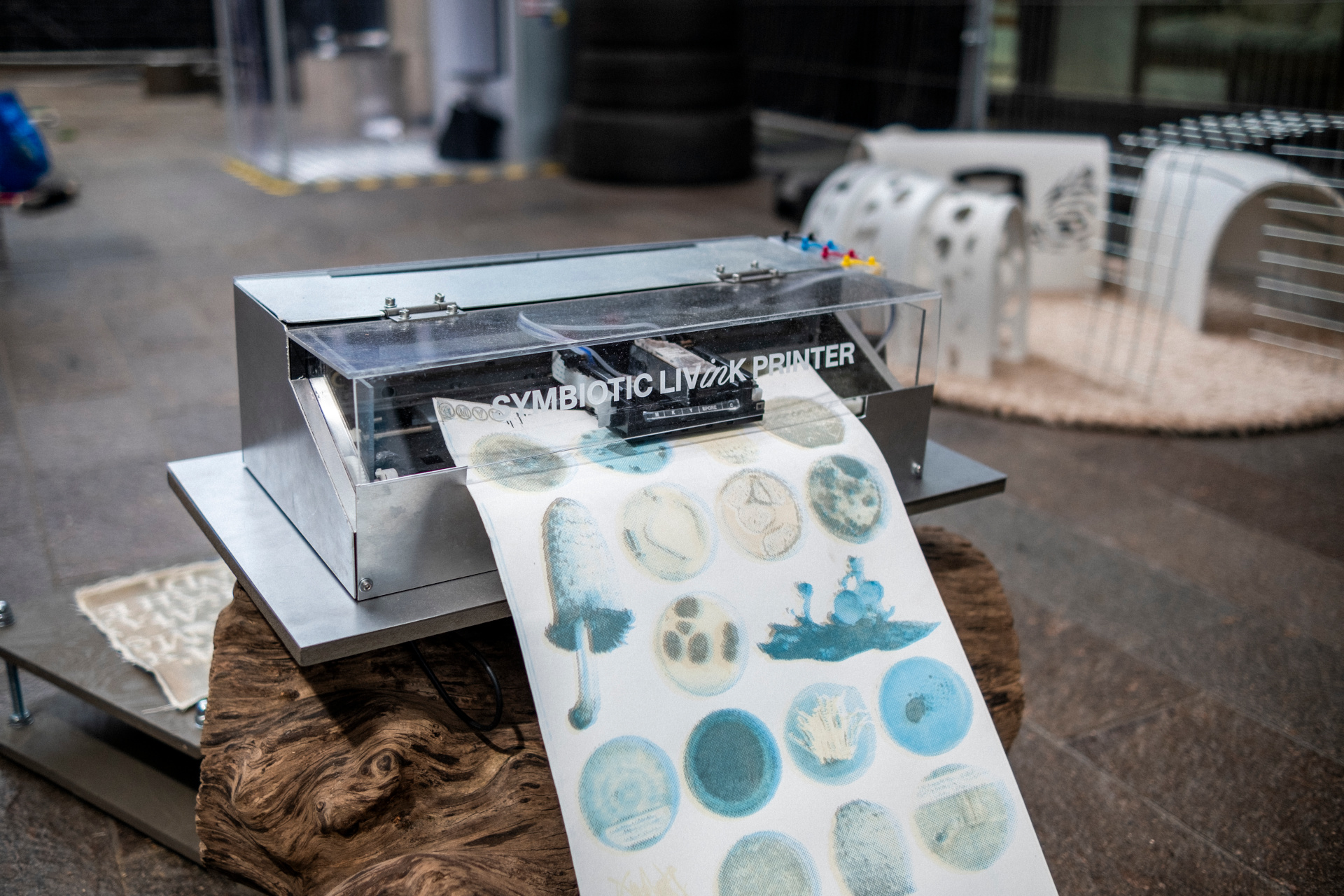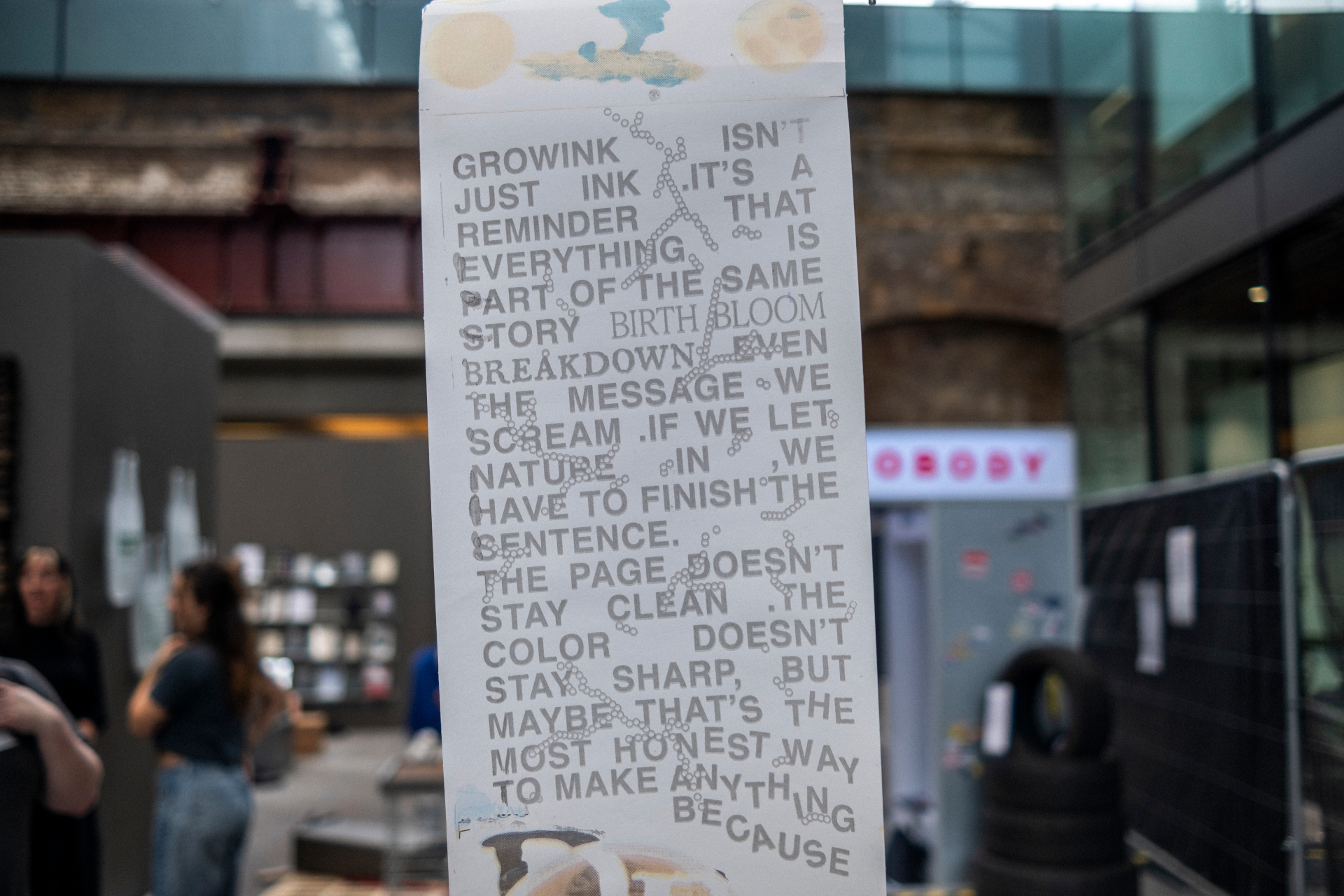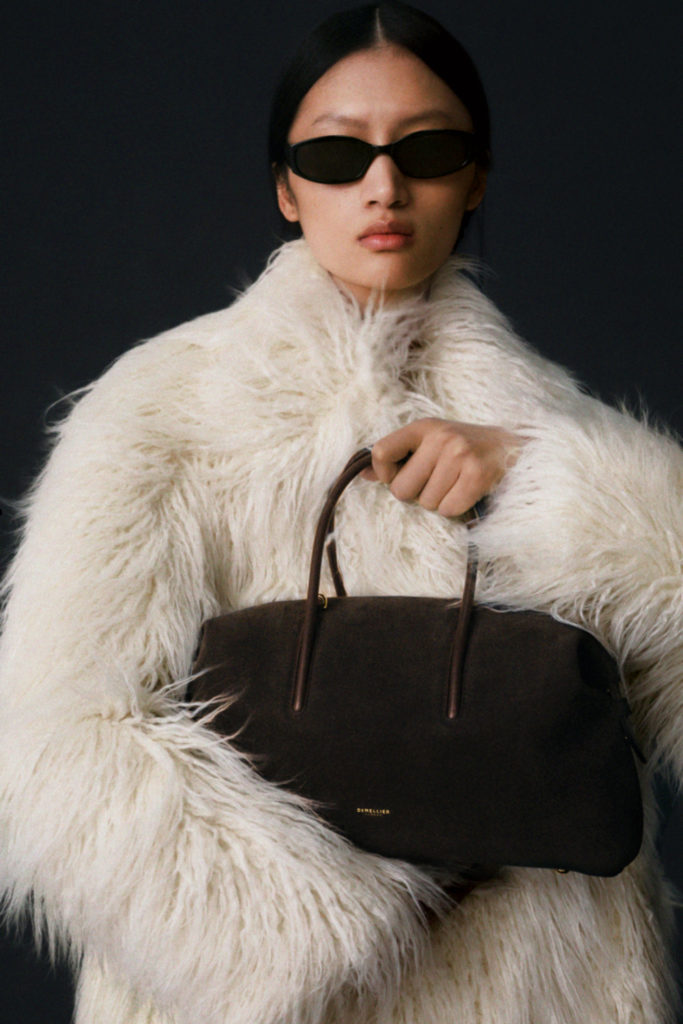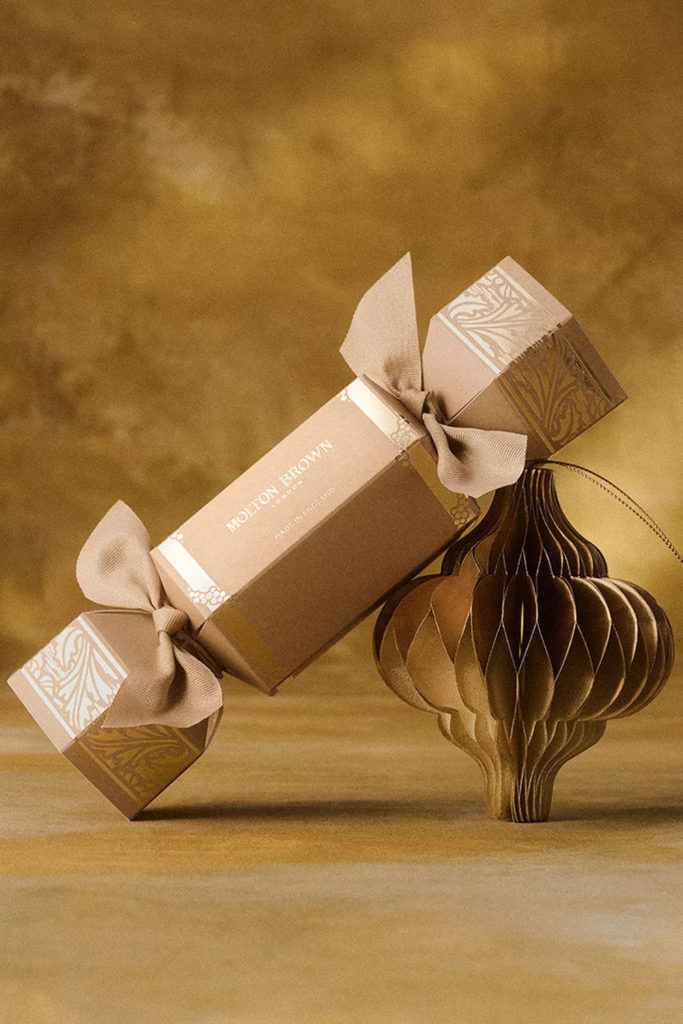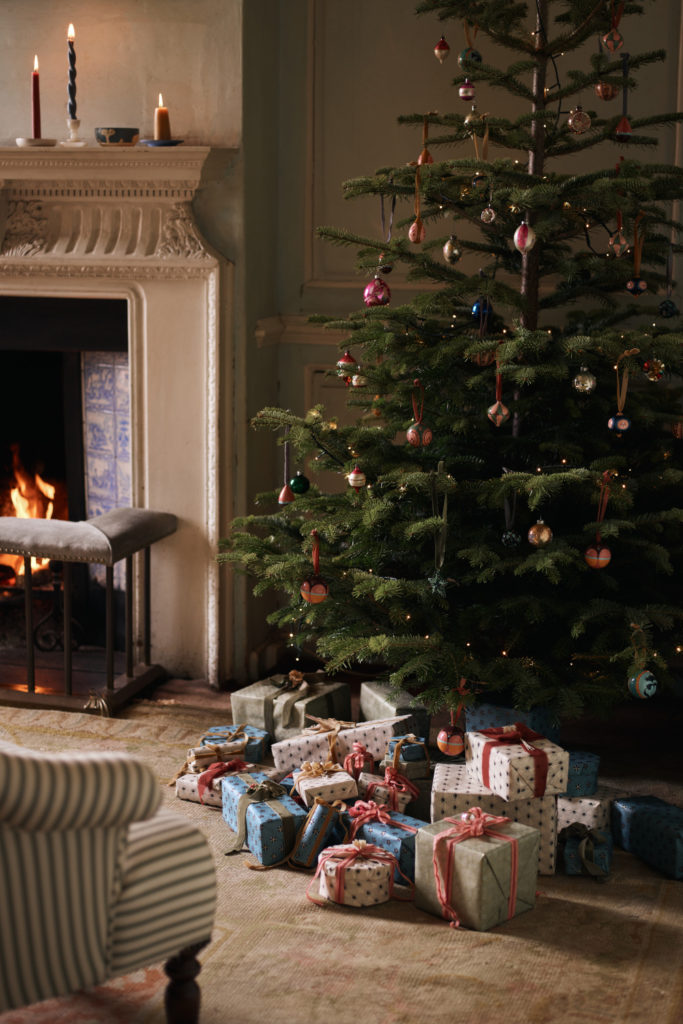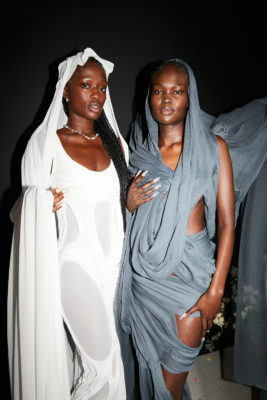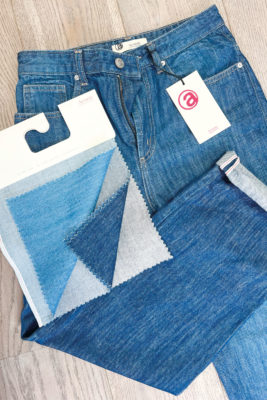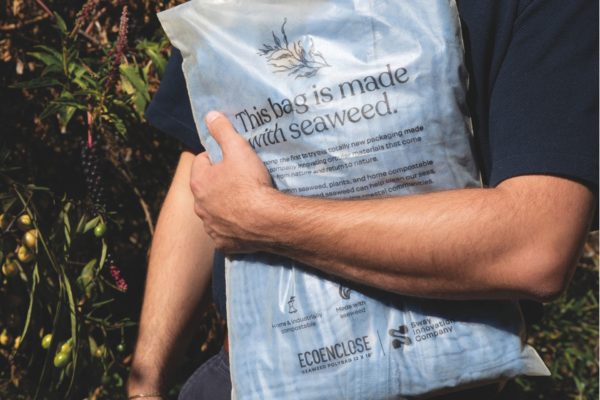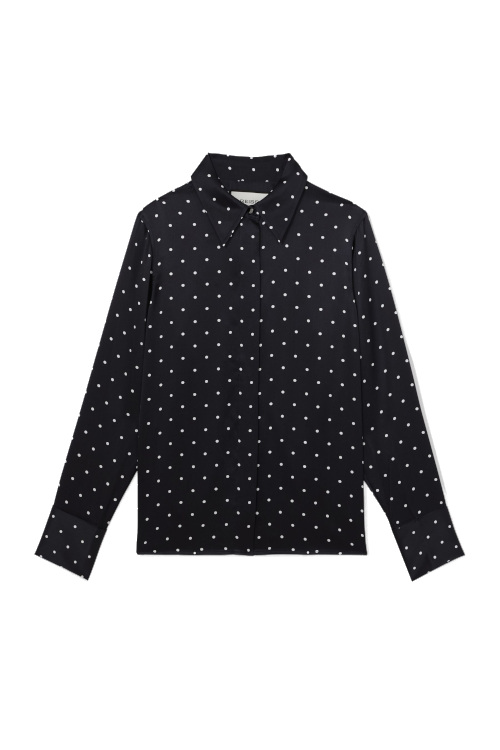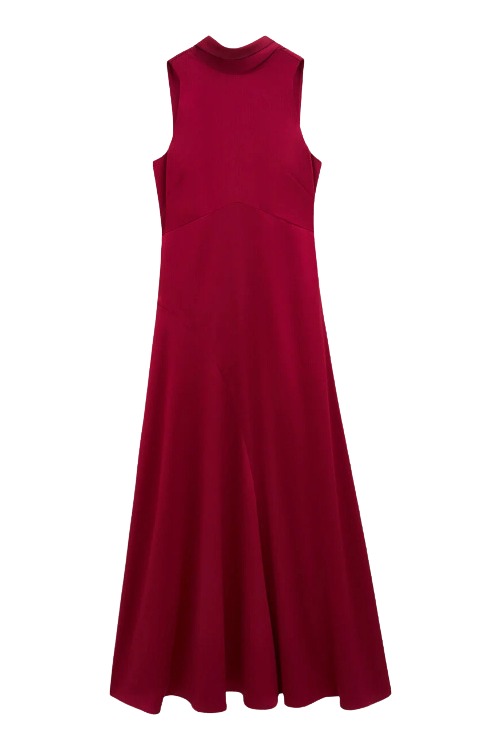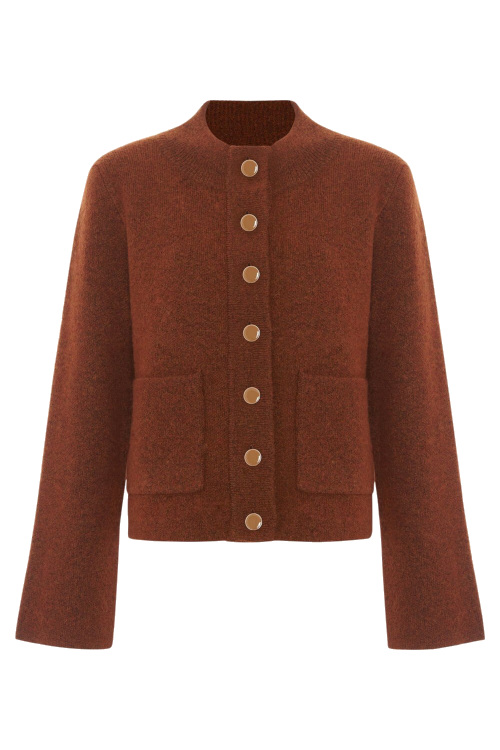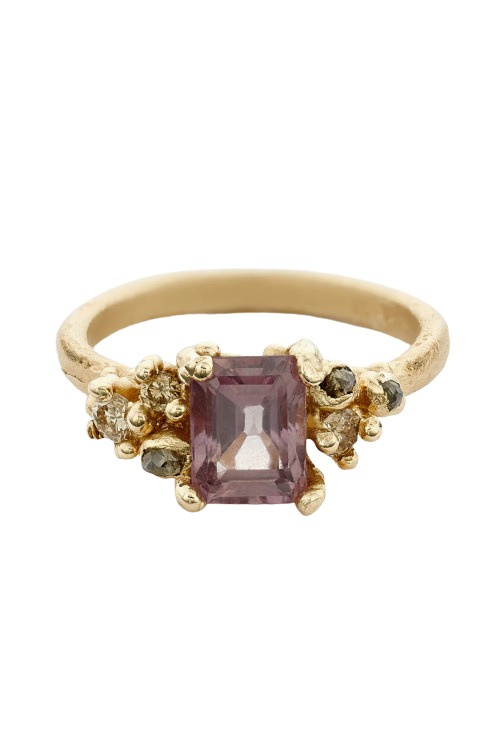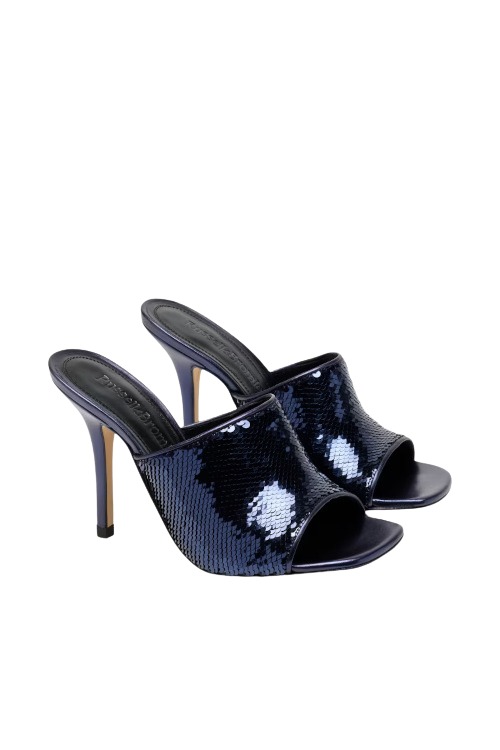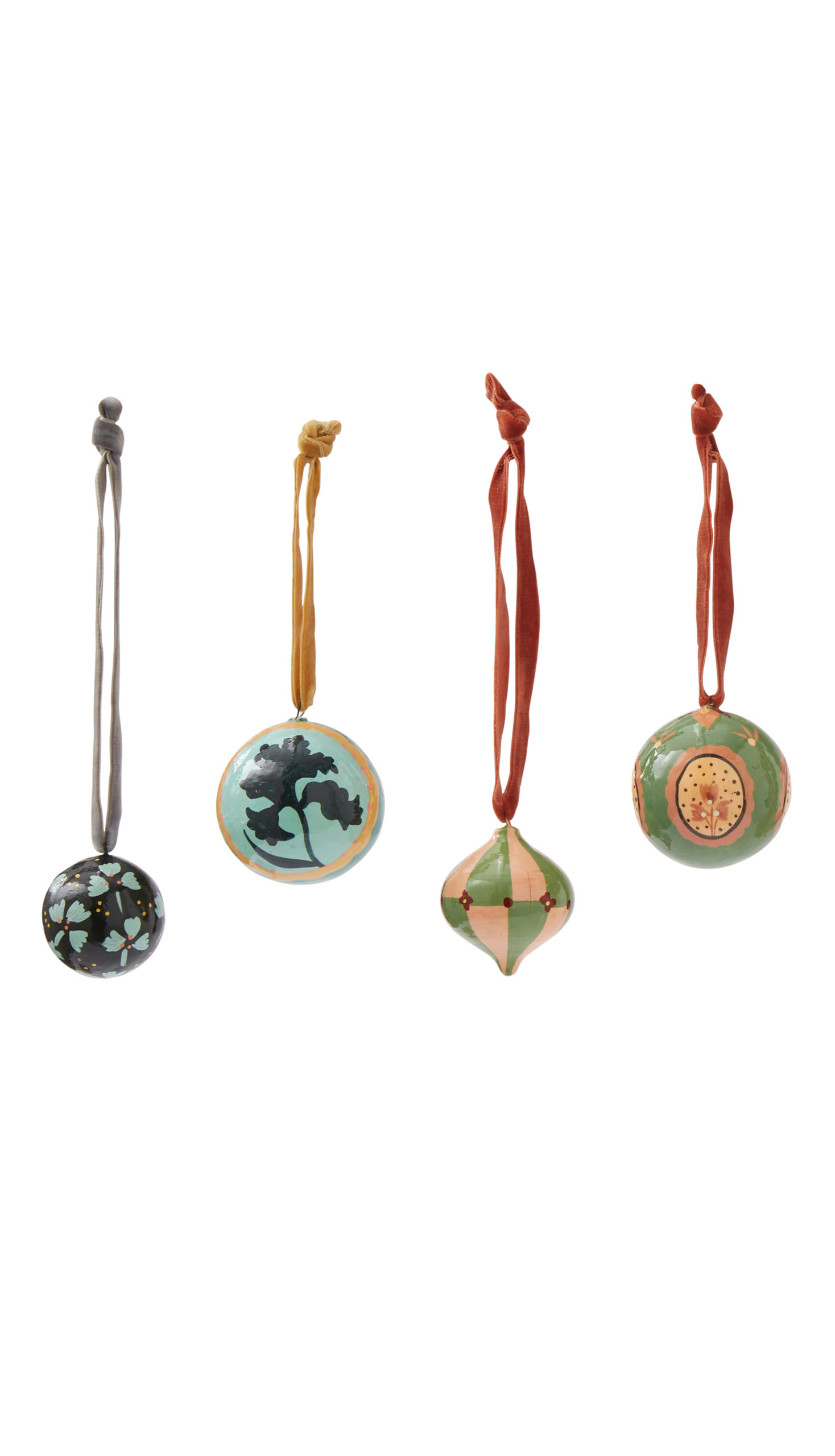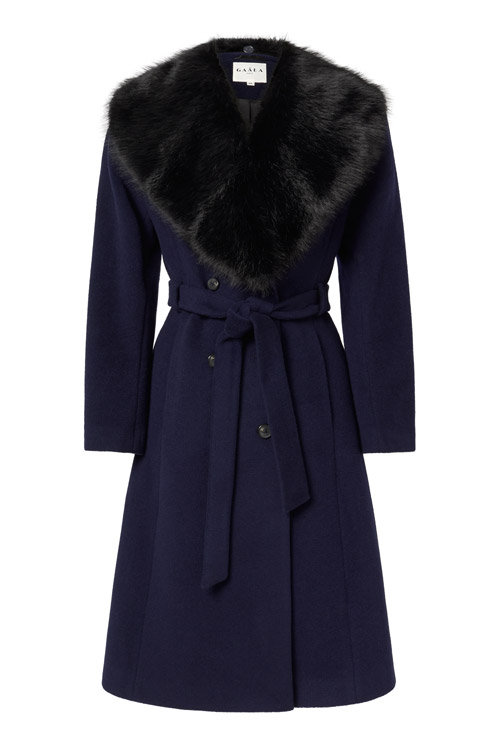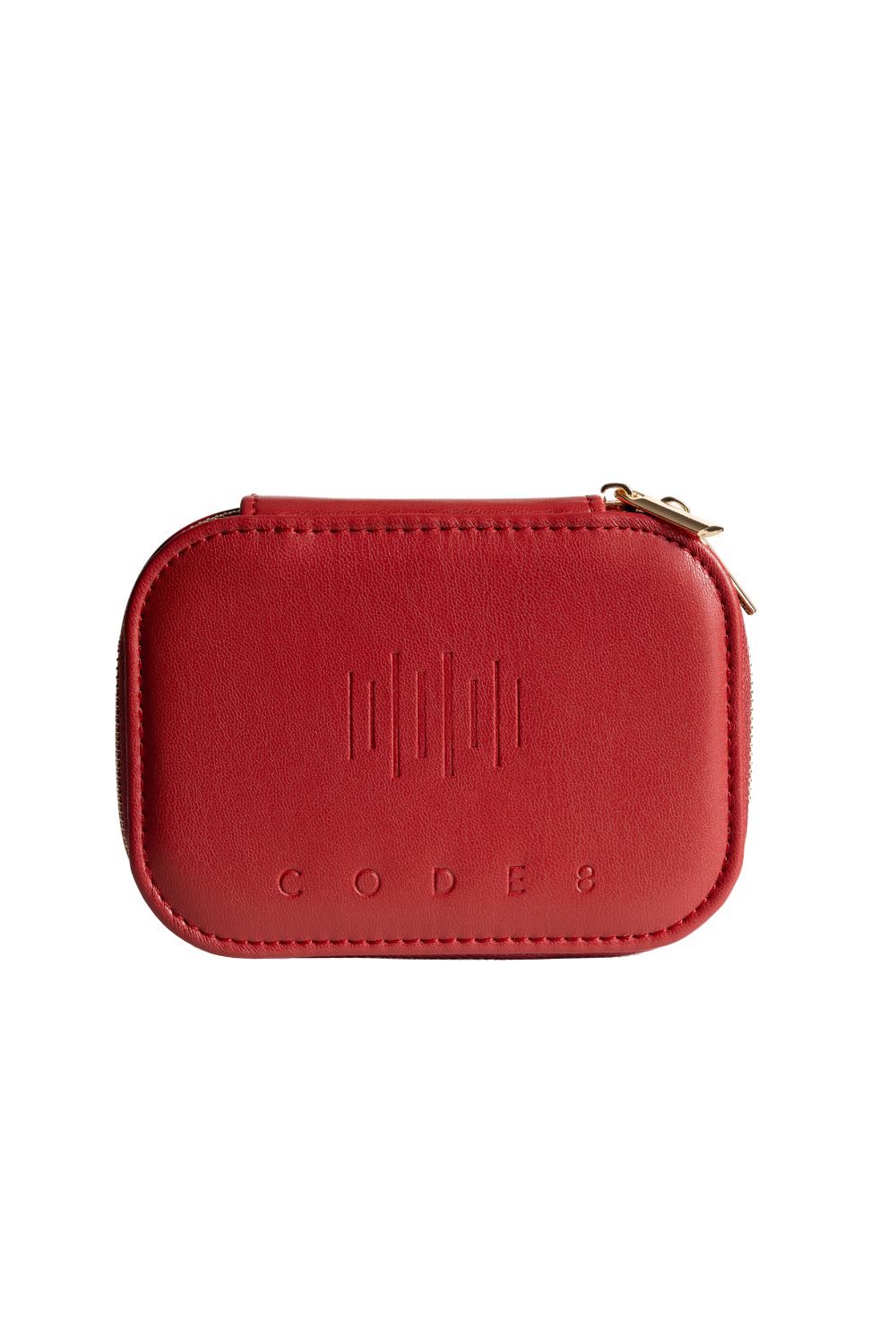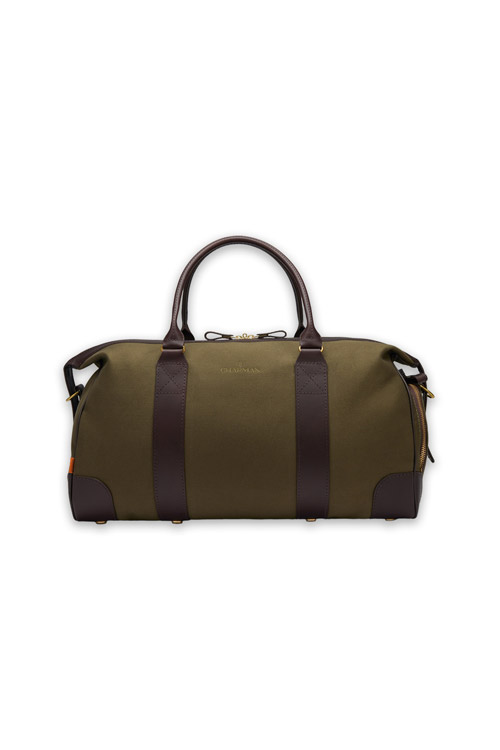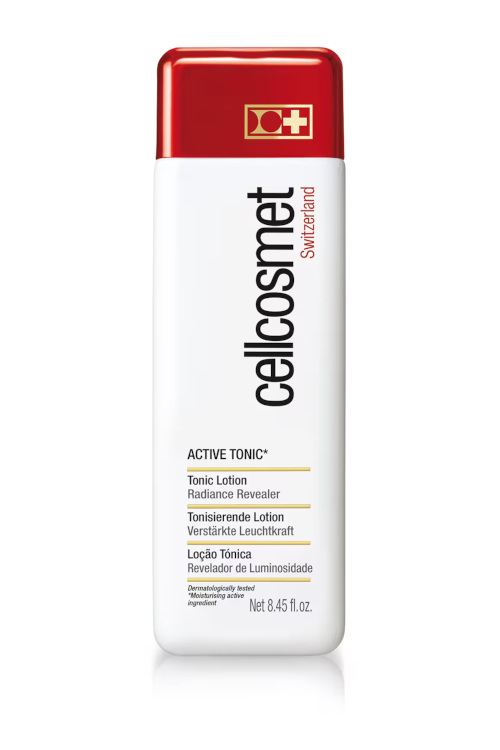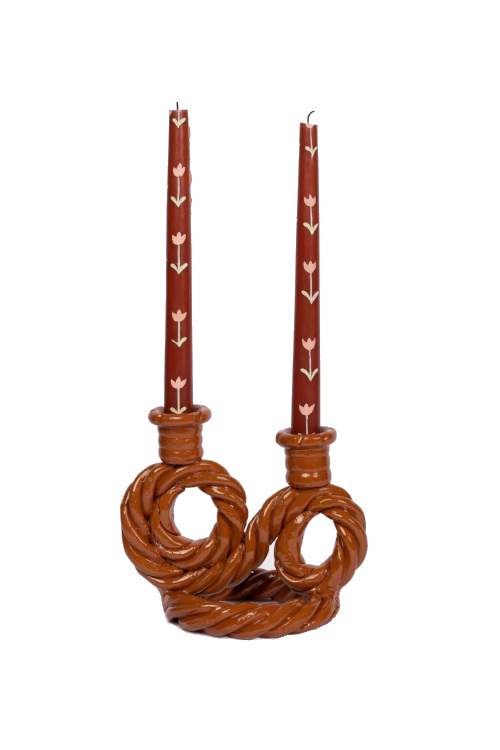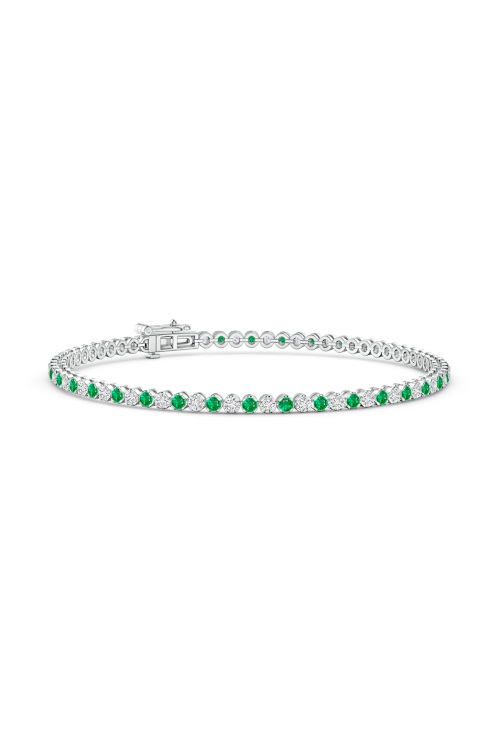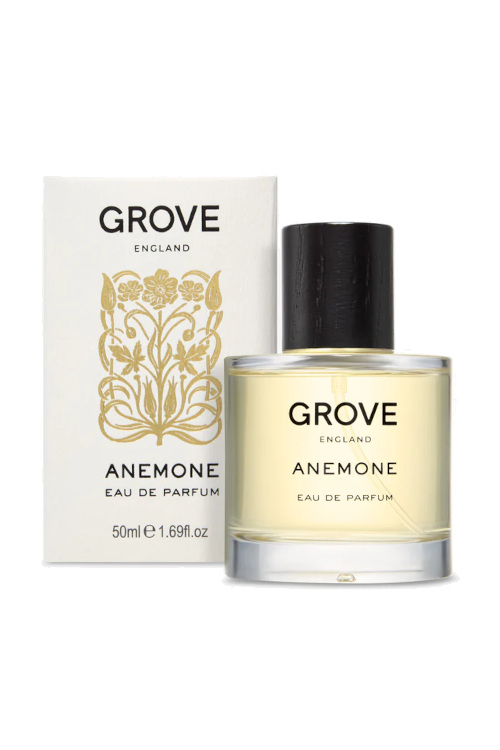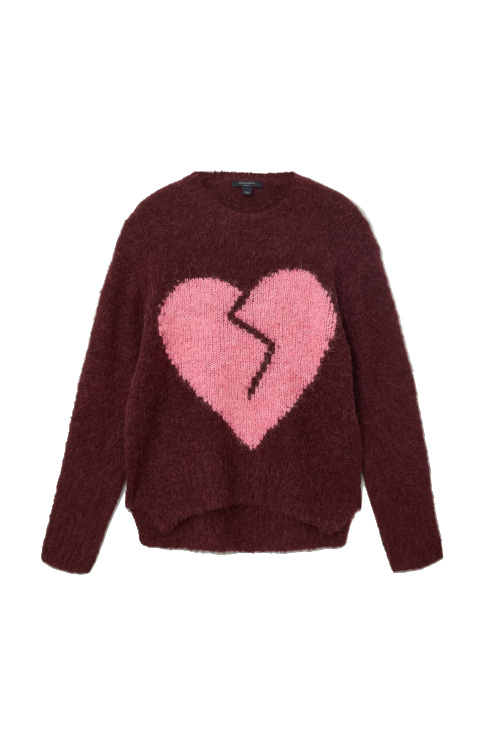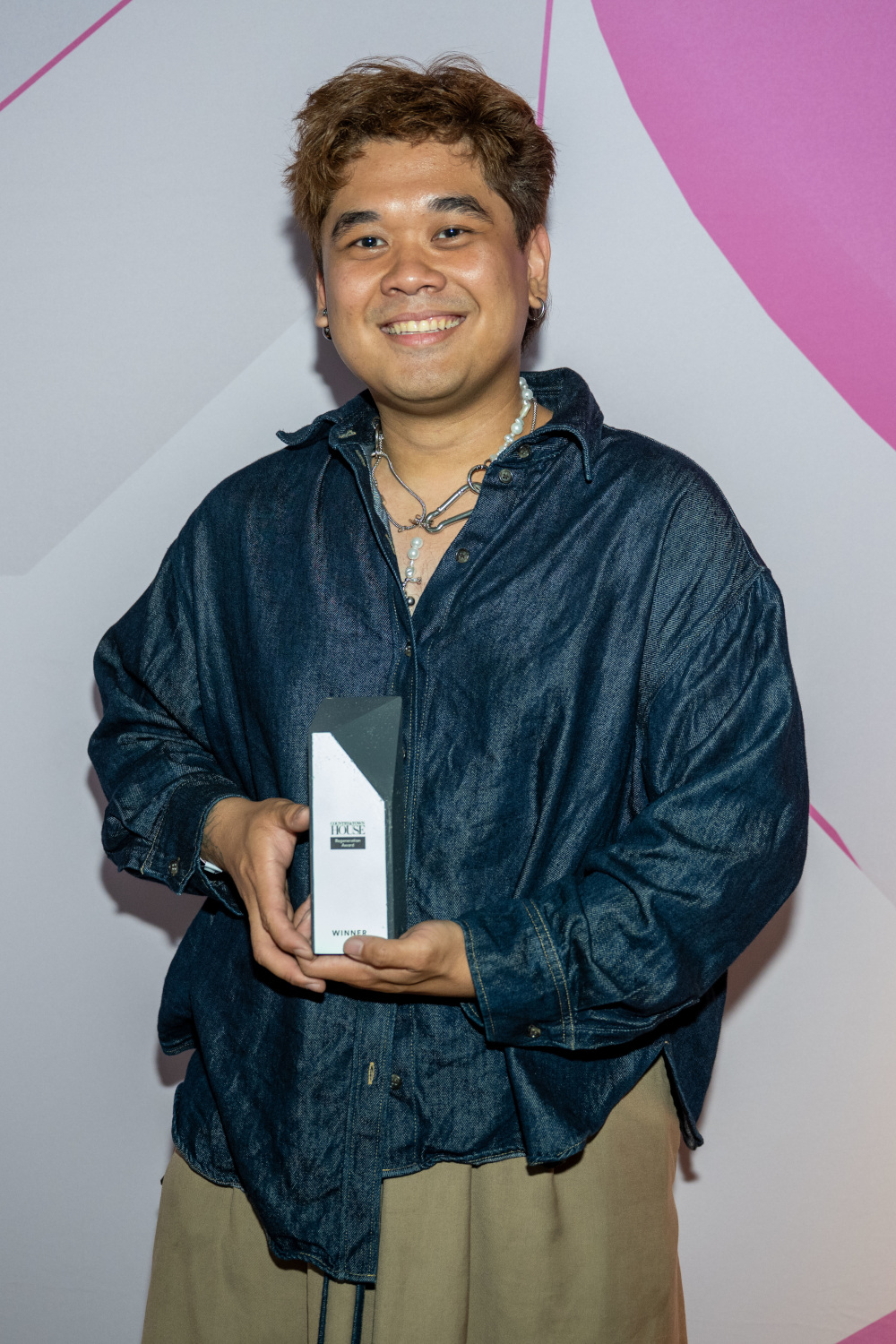
NOVA Awards 2025: Peerasin Punxh Hutaphaet Wins The C&TH Regeneration Award
By
5 months ago
Meet this year's Country & Town House Regeneration Award winner
This summer marked the return of the MullenLowe NOVA Awards, which celebrates new cohorts of creative talent emerging from world-renowned art and design college Central Saint Martins. And for the third year running, Country & Town House was pleased to present the event’s Regeneration Award, recognising projects that promote circularity and move away from a linear ‘take-make-waste’ economy. The recipient of this year’s NOVA x C&TH Regeneration Award was MA Material Futures student Peerasin Punxh Hutaphaet, whose project, GROWinK, presented a fungi-based bio-ink that prints on and decomposes synthetic textiles – leaving no trace of harmful waste.
Below, we chat to Punxh about his award win, how GROWinK came to be, and his plans for the future.
NOVA Award Winner Peerasin Punxh Hutaphaet On GROWinK
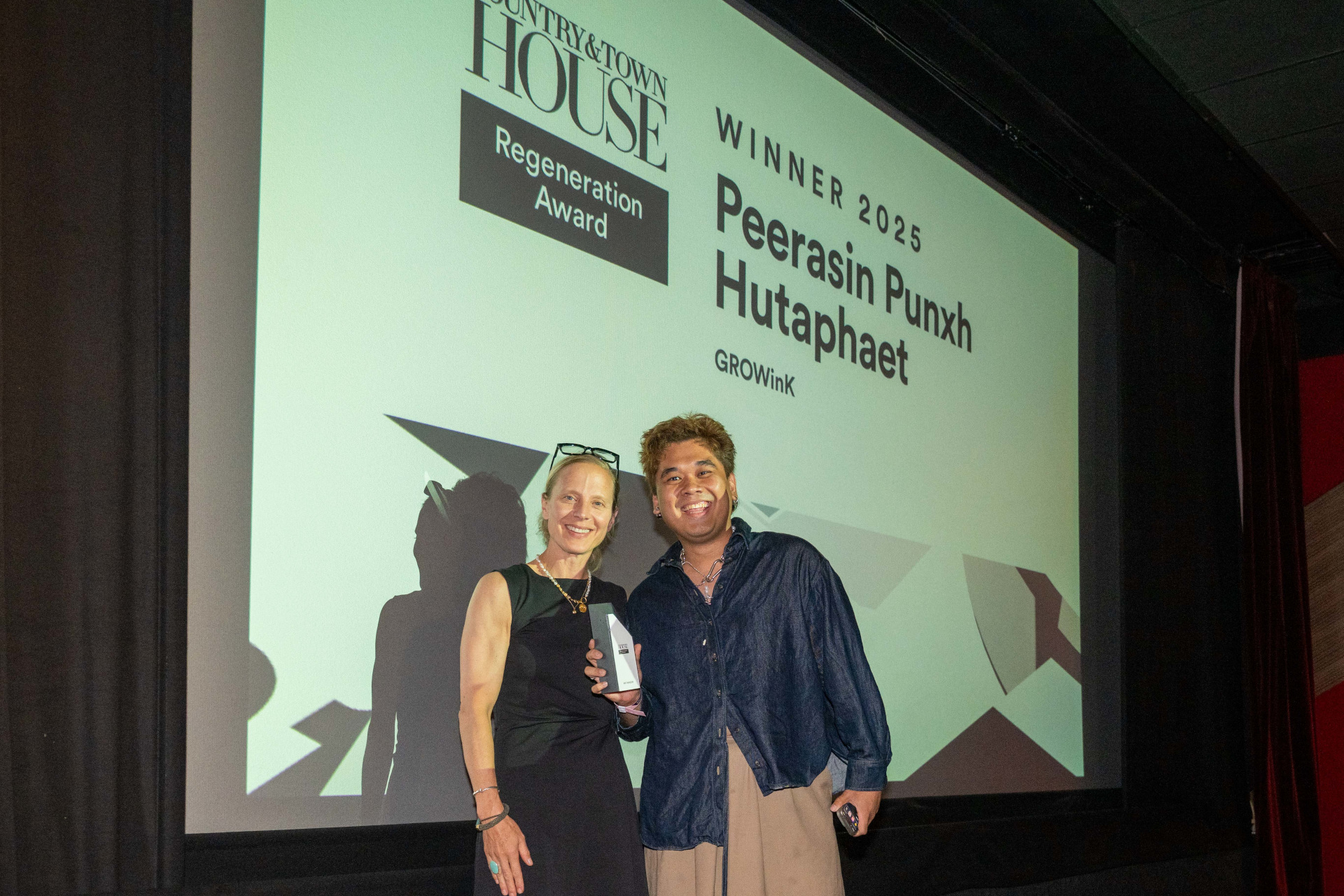
C&TH Editorial Director Lucy Cleland and Country & Town House Regeneration Award winner Peerasin Punxh Hutaphaet
Hi Punxh, thanks for chatting with us! Can you kick us off by telling us a bit about yourself and your background?
I’m Peerasin Punxh Hutaphaet – although people usually call me Punxh – and I’m from Thailand. I’m a product designer, having studied and graduated in Thailand – and I moved here to study Central Saint Martins’ MA Material Futures course. The course itself is about engineering, design and art banding together. Usually, the product is created for the customer – the client, or the human, only – but on this course we consider how the things we create can serve culturally, our ecosystem and biodiversity.
Having completed this course I’d say I’m more of a visual ecologist, something between visual communication and ecology. I studied product design, but I work a lot in graphic communication, and my wish is for my practice to demonstrate a real passion for nature.
Massive congratulations on not only being shortlisted for the 2025 NOVA Awards, but also winning the Country & Town House Regeneration Award. What was running through your mind when you won the award?
I was quite shocked, at first. There are plenty of awards when it comes to design, and most of them focus on the aesthetic or the research. There aren’t as many that are about regeneration or sustainability.
And I’m quite appreciative that Country & Town House uses the word ‘regeneration’ instead of ‘sustainability’. For me, I feel like we’re moving on from this mindset that we’re only sustaining the human experience, instead thinking of ways we can give back to and help regenerate nature. This has become a big aim for me and my work.
When I got this award, I think it reaffirmed for me that I’m not alone in this career path. That there are other people who don’t see regeneration as a new thing, but something that can be pushed into the norm – and people can shift their mindset to focus more on the environmental impact of our actions.
What does the term ‘regeneration’ mean to you?
I first heard the term ‘regeneration’ from Carole Collet, the Director of Maison/0. She hosted a workshop about how designers can go about thinking not only for humans but for the biodiversity. I didn’t know what regeneration was before I came to UK, but this opened up the idea of the circular economy to me. The current cycle creates a loop between designer and customer; with sustainability, we shift the cycle slightly to better consider the environment, but it’s still human-centric. With regeneration, we don’t make the central focus humans – instead, it’s about the environmental effect. With this, we don’t necessarily design for humans, but for nature – and nature that can benefit humans. We’re not using nature, but collaborating with it.
And when you’re designed something, it’s with the idea that what we’re using can be ethically regenerated again and again. So we think about the resources at the beginning and at the end, at the same time. It’s more than a circle. It’s like an infinity loop, that connects and feeds into itself. That’s how I see regeneration.
Tell us about your project, GROWinK – where does the name come from?
It’s a play on the word ‘growing’, introducing ink to the idea of change. Switching the G to a K brings the project back to my practice, and my background in graphic design and visual communication.
I often go back to printing. I love print. I love poster. I’ve been printing pretty much my whole life at this point. And when it came to GROWinK, I wanted to see how my practice could turn back to nature. But I didn’t want to make a new thing. I didn’t want to make new material. I wanted to make something that could be easily broken down and return to nature. That was the main driver for me.
I saw how fungi and bacteria not only create, but destroy at the same time. I wanted to try and bring this symbiotic relationship to my graphic. And from there I thought, ‘what if we can make an ink from these organisms, and let the ink eat the paper by itself?’ And in doing this, it feeds itself and goes back into the earth. When you introduce this ink, the CMYK, to the soil, it starts to biodegrade on its own – and its helps to improve the soil’s health too.
So you can still have your very aesthetic advertisement information, but you think of it more as a temporary art piece. When it’s no longer needed, it can go back to nature.
Was there a key moment that made you want to take this path?
Yes, I think it was last summer. I’ve noticed in the UK that when the sun goes out, people go a little crazy. They go out drinking, they take grocery bags full of food into the garden, into the park. But a lot of the time, when they leave, there’s lots of litter left on the ground.
I was looking at a bottle that was left behind, and thought,’Oh, okay, we create the plastic bottle to contain the water, but why do we need to screen print a label too? Why do we need an advertisement that lasts forever?’ We might not need it, but nature definitely doesn’t. We can have fun with creativity and graphic design, but we should not leave it behind on the ground or to accumulate in landfills. That was the starting point for me, and then it moved on to creating a graphic that will eventually destroy itself without leaving a negative impact on the planet.
And what was the development process like?
It was a bit intense. I was reflecting on it with my tutor recently. When I settled on my project and signed off my proposal, I went straight to our technician team. We have multiple labs at Central Saint Martins, including a technical lab for machine engineering, and the Grow Lab for more science-based research. I ended up working with them both, because my project was about both creating a printer and ink.
They handed me a lot of homework to do in the summertime. My goal was to create four ink colours, so I needed to find four kinds of organism, four kids of food and nutrients, and work out four time frames for creating the ink. It was quite a long journey to create those four colours, and I only had one year.
The printing part also had its own challenges. It would have taken a lot longer than a year to construct a full printer for the inks, so I had to postpone that part of the project. So I had to go back and think about how I could show people my concept. And, after discussing some ideas with my tutor, we decided to go back to graphic designer background. So I developed the ink formulation successfully – I named them MYCO, like a mimic of mycelium – and there was a battery inside that I could use to test screen prints.
The printer is still part of the manifesto, it’s not successful yet but it’s the foundation for how I’d like people to perceive my vision. When I can create a mock up printer, I’m hoping it will encourage people to think more about how the inks can be applied.
Was there anything interesting you discovered (about you or your project) while working on GROWinK?
I would say I learned how to be very patient. Because so much of my experience with GROWinK was about growing organisms that could be contaminated, that could die – all depending on how they are looked after. You feed them, but sometimes they don’t like the food and they can either die or even create a new colour. So my next step would be to find a new nutrient, and test it in the same medium.
It was about creating the right time frames, it was about love and working in a scientific, experimental way for the first time. It was also about the luck, because ultimately we cannot control them. It’s not like working with humans. If they don’t want to work with me, they won’t. But it just meant I needed to invest more time into researching and experimenting.
What do you want people to take away from their experience with GROWinK?
I was thinking about this a lot when it came to presenting GROWinK at our graduation show. I went with the narrative of how decay will claim us all in the end.
Many people look up to the sky to see more, to see new innovation – but we often forget to look down to the soil. The soil can teach us something. It’s the symbiosis between fungi and bacteria, how they can function in ways we can learn from. They have invisible web under the soil. They control many things. I just wanted people to stop and think, ‘do we need everything to last forever?’ The key message questioned the point of permanence. Our emotions, our desires, they shift every week, every day. So why do we need to make something long lasting or forever? GROWinK hopefully gives a new perspective: what if the graphic, the poster or the advertisement shifts every week, and we let it and appreciate how nature work within this concept.
We also wanted to say a big congratulations on graduating – and ask, what’s next for you?
I’ve been asked this question a lot recently. I’ve been asked if I’m going to make the business, if I’m going to sell the ink. But for me, personally, I want to go back to design. I still like graphic design, and at the core of practice is how I can use my graphic to communicate in a better way. So it could be a studio that not only focuses on my designs, but also helps offer new ink alternatives for short term use. Like signage for an exhibition – and the paper will eventually break down by itself thanks to the ink. Many exhibitions need signage, they need advertisement – and GROWinK offers a sustainable alternative to ink.
Another direction I’d like to explore is within the fashion industry, working with textiles. Something I find fascinating is that the bacteria housed in my ink can often degrade with polyester. Cotton is biodegradable, but polyester usually isn’t. My ink can help break down these synthetic textiles so that they can fully biodegrade by themselves. This feels like something I’d like to look into in the future.
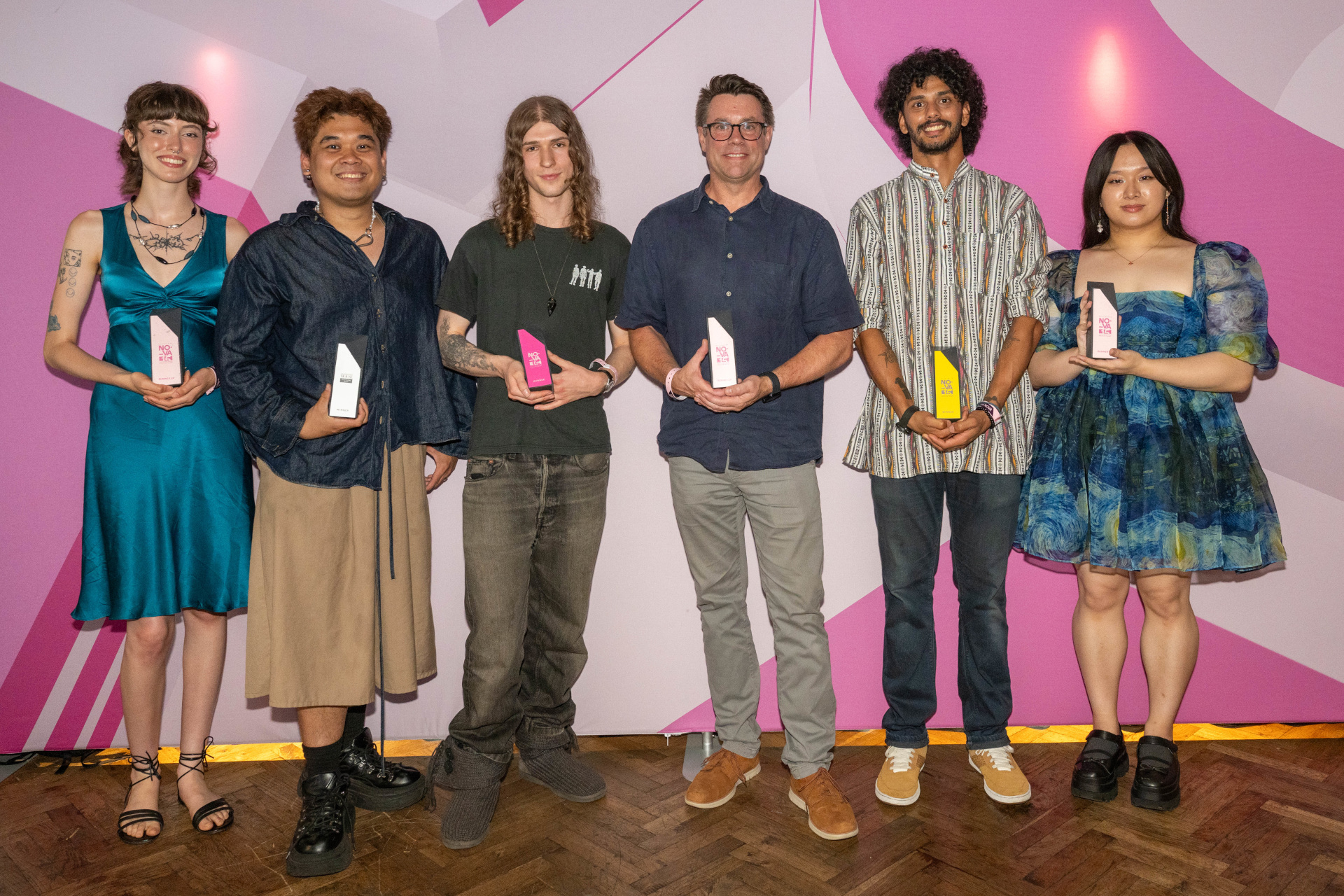
Winners of the 2025 NOVA Awards (L to R: Beth Gavine, Peerasin Punxh Hutaphaet, Max Park, Mark Hester, Tanay Wadodkar, Felix Cheng)
Any words of encouragement for future Central Saint Martins students who might be interested in the NOVA Awards?
The NOVA Awards are a big thing for Central Saint Martins students. My advice would be to stay true to yourself and your practice. If you look at any of this year’s – or past years’ winners – you’ll see they have a really strong set of beliefs. You need to have something be the main core of your project, like a life motto.
And being open to discussing ideas with your peers is important too. The 2025 NOVA Award winner, Max Park, has become a good friend. We worked together in the lab, and were able to see each other’s progress. We discussed some of our ideas together. Try to talk to more people, because Central Saint Martin has some really amazing, bright people. Just see who’s in the cafe or the canteen, and strike up a conversation. Ask about people’s projects, exchange ideas and information, build connections. Making connections with people is ultimately the thing that will help you develop your project.
You’ve just gotta push yourself – creatively, technically and socially. It’s so worth it.
Anything else you’d like our readers to know?
We cannot see anything change if we do not start to make that change. And stick with it. Why not try to do something worthwhile? You have nothing to lose, and in my case, making my project public has given me so many new connections that it is worth it already.
Where can our readers keep up with you and your work?
I have an Instagram and a website you can check out. If you like my project, please support GROWinK. And if you’d like to collaborate, or if you have any ideas about fungi, bacteria, biotic signs, I would love to talk to you. And if you see me at an exhibition, come and say hi. I hope to talk to everyone that shares a vision for regeneration.

